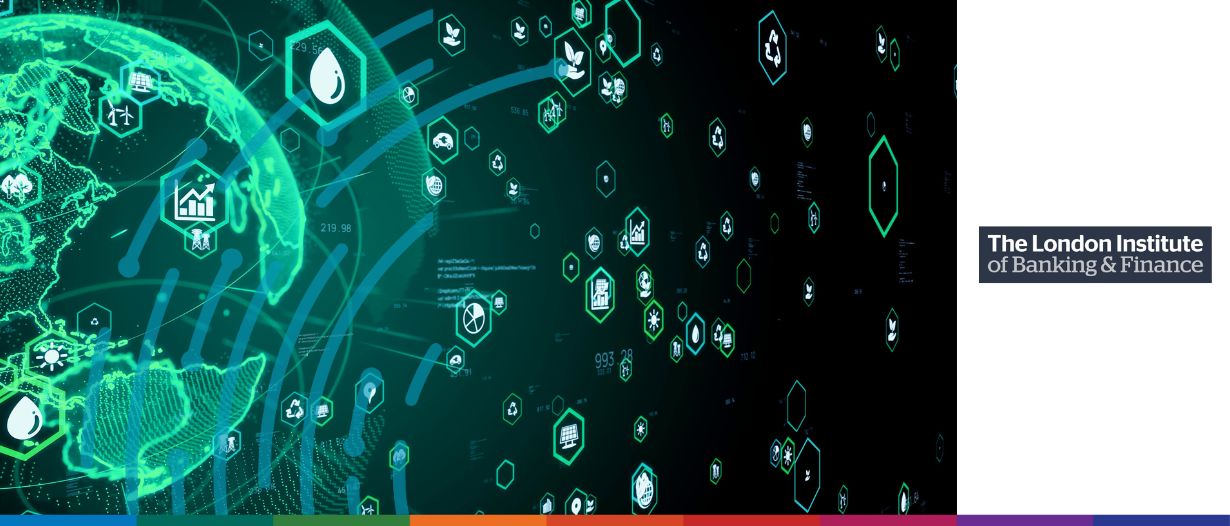Globalisation was initially about ‘lift and shift’ – that is taking a manufacturing process and moving it to a lower-cost production site, sometimes halfway around the world, to make use of comparative advantages in wage costs, market proximity and access to raw materials.
This was facilitated by new technology, which led to the so-called ‘death of distance’, and by changes in the rules around trade and capital movements.
Globalisation had a profound effect on trade and reshaped supply chains. After China joined the WTO in 2001, for example, its total annual exports to the US grew from $129 billion in 2002 to $558 billion in 2018, according to the U.S. Bureau of Economic Analysis.
But, over that period, the percentage of its exports that went to the US fell from 21.5% to just over 19% (World Bank figures). China was becoming a global trade hub.
In 2002, Japan sent nearly 30% of its exports to the US. By 2018, around 19% went to China and c. 19% to the US.
There was a similar shift in Germany.
In 2002, China was not in the top five countries to which Germany exported or from which it imported. By 2018, China was just behind France at number three, with 7% of Germany’s total exports, and it was the top source of goods imports with 9.8%.
However, as supply chains became more complex and extended, they also became more fragile, as the COVID-19 shutdowns laid bare. When the container ship, the Ever Given, blocked the Suez Canal for six days in March 2021, for example, around $10 billion in trade was in a logjam.
Such shocks, and the increasingly tense geopolitical rivalry between the US and China, made nearshoring, and even onshoring, a hot topic.
ESG and (de)globalisation
But de-globalisation is not driven only by concerns about fragile supply chains and geopolitical standoffs. The need to get to net zero is an increasingly important factor in the decisions that firms take about locating manufacturing plants and sourcing raw materials.
The EU’s Corporate Sustainability Reporting Directive (CSRD), for example, came into force on 5 January 2023, greatly expanding the number of firms that need to meet sustainability reporting requirements (up from around 11,700 to c. 49,000) and imposing so-called ‘double materiality’.
That is, firms will have to report on both their ESG impacts and the way in which sustainability affects the firm’s finances. The rules reach down to the Scope 3 level.
Put plainly, firms will have to know what’s sustainable and what’s not in both their supply and value chains. Investors will want to see hard numbers. It’s this last fact that is likely to lead to new patterns in trade.
Who will want to have to admit to a large Scope 3 carbon footprint, or to poor working practices in the factories that produce vital parts?
Firms that have to report on sustainability will seek out partners and suppliers who make it easy for them to tell a good sustainability story.
That could lead to some surprises.
For example, as things stand, many car manufacturers are eager to ensure access to lithium, the element used in the high-performance batteries needed by electric vehicles. Chile has the world’s largest known lithium reserves, around 8 million tonnes out of around 14 million tonnes globally. Not coincidentally, a number of car companies are setting up production in South America.
But even as firms seek out lithium and other so-called rare earths, there is lots of research into better ways of making high-performance batteries.
It was recently reported that Northvolt, which is backed by Volkswagen among others, has developed a feasible sodium-ion battery.
Sodium is readily available almost everywhere. The Chief Executive of Northvolt, Peter Carlsson, told the Financial Times that the new battery could open up the Middle East, Africa and India as markets for battery-based energy storage for the company.
You’re probably already wondering what such developments could mean for fossil fuels, or for the market for renewable energy sources such as solar or wind power.
And the drive for net zero raises many other issues. For example, will there be trade and manufacturing hubs that replace China and, if so, where will they be and why?
Scotland wants to become a centre for green hydrogen, using offshore wind to split water into hydrogen and oxygen. If that comes to pass, how might it affect the UK – and Europe?
After thirty years of relative predictability in trade, the drive for net zero is set to introduce a wild card. And that is without any consideration of geopolitical forces. How can trade finance professionals prepare? One approach is to take the LIBF’s Certificate in International Trade and Finance (CITF).
CITF provides a thorough analysis of the solutions, key procedures and practices used in international trade finance and helps professionals understand both the risks and the mitigation methods available as economies around the world transform.
Full details here: Certificate in International Trade and Finance (CITF) | LIBF























